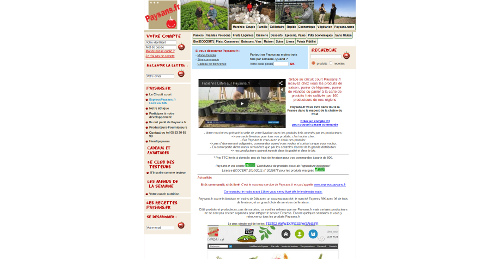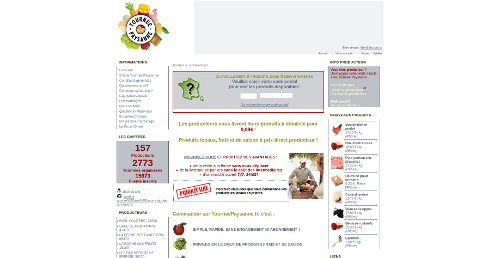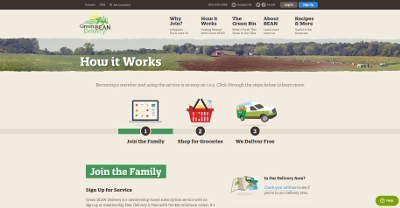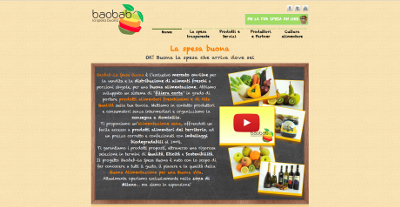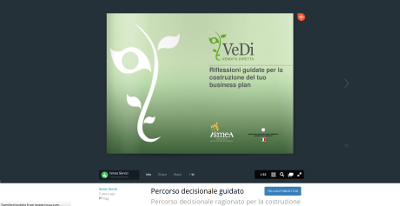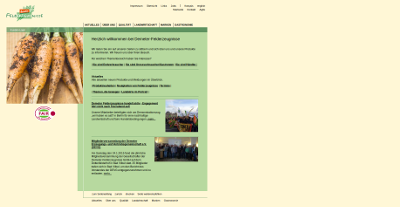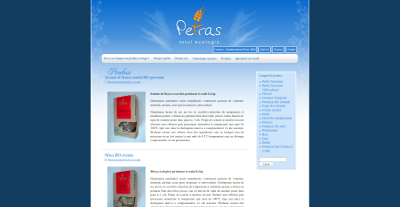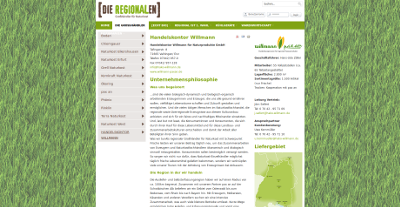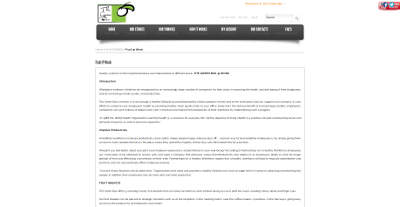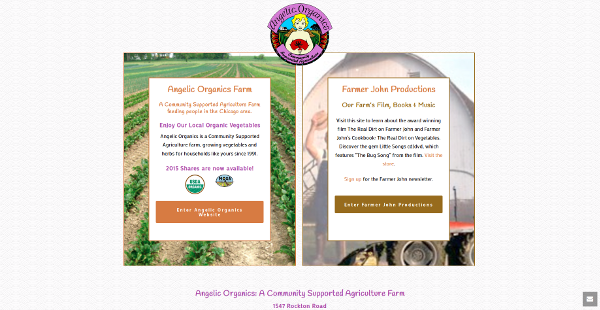From the 4 Ps to the 4 Cs: four (plus four) elements that marketing oriented business people always keep in mind
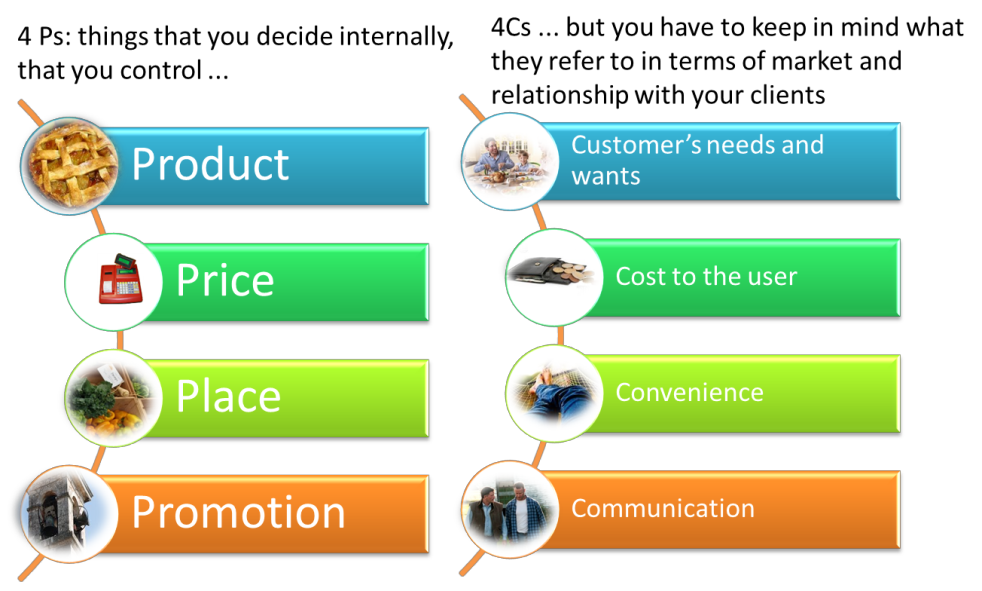
Product => Customer’s needs and desires
- What does your product mean for consumers? Snack, dessert? A solution to the problem of out-of-home meals? And for business-to-business clients? An important element of their range, a distinctive one?
- So what is the benefit your product will give to those who buy it? How, when and where will they carry it and use it?
- And to do so at best, what characteristics must it have?
- How should it look in order to be pleasant and to distinguish itself?
- If it has packaging, what will be the hardware of the packaging itself? Which kind of container, and of which material? Is the material suitable for transport and storage?
- And what about the software of your packaging? What messages can it convey by means of its shape, colour, and of the texts that are written on it?
Price => Cost to the User
How do you decide your price? There are a few main elements to consider:
- your costs,
- your desired profit,
- your positioning (that is, the quality and style image that you and your products have built in the eyes of your clients),
- your key target client’s budget, and the case of the expense for your product in this budget
-
the relationship, in your clients’ minds, between the cost they have to face when buying the product and the benefit they will receive from it
- point 4+5 determine their “willingness to pay”
- competition, and the prevalent price in the market for similar or in any
Place => Convenience
- Who are your clients? How might they prefer to buy the product?
- Are they families? What age are they? How busy are they? Would they like the product to be delivered at home? Would they like to buy online or do they prefer to see the product with their eyes before buying it? Do they want to buy quickly with no frills, or would they prefer to talk with someone, learn about the story of the product? Do they live in a big city or a small town? How easy – and pleasant – might it be for them to visit your farm?
- Is the quality of your product more suitable for a large store or for a small, niche one?
- Are they business – to business clients? What are their selection parameters? Do they need high volumes? Is logistics important for them? At what distance do they want the product delivered? Would they appreciate to find your product in a platform?
Promotion => Communication
- What are the key elements you are able to say about your product? Which are the elements that would bring consumers to choose your products, because they make it “different” in their eyes?
- Consistently with the characteristics of your product and of your target clients, how would your communication be? Serious or humorous, technical or emotional?
- What language would you use? Very easy to understand or rather difficult, to speak with experts?
- Which media would you use to communicate? TV, press, radio, billboards, social networks, in shop, with leaflet distribution, product packaging ...
- How often is it better to communicate?
- Who is in charge of communication? Do you plan it or do you decide offhand?
Once you have gathered information on your market, you have to compare market needs with what you currently offer, and with what you might offer (additionally or alternatively) to meet those needs, possibly better than your competitors
In this chapter you can have a first glimpse of the elements of your plan, which are detailed in further chapters.
As you will see, there’s nothing impossible: just an occasion to put your creativity in action ... in a structured way.
The 4 Ps are elements that you can control, you decide about them. The 4 Cs help you keep in mind that, even when you take decisions inside your farm, you are always in a relationship with the external world (the market). All you are doing is aimed at having success in your market.
Imagine that you organise a birthday party for a person you love: while planning it, you’ll keep in mind his / her tastes in music, food, people. You’ll choose all the things that you know will make him/her happy on this special day.
4 Cs relate to the same way of thinking

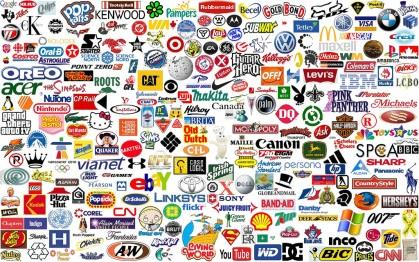
Nowadays consumers receive millions of messages and have hundreds of options about what to buy, when to buy it, whom to refer to for information and advice. They would need a broker for their choices. Modern distribution acts aas a broker, but then who would help them decide which modern distribution chain to choose?
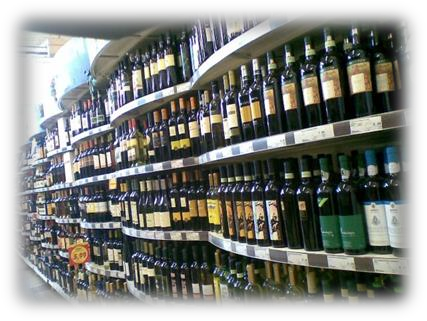
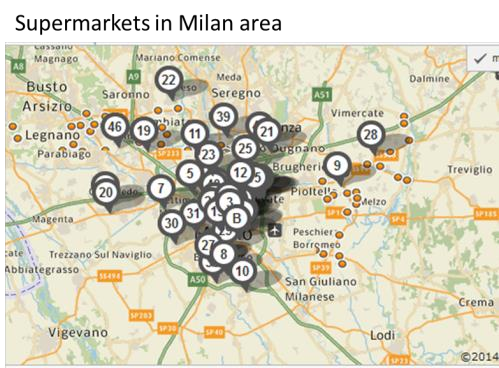
Exercise
Choose your best, your mostly appreciated product and fill the table with its current marketing mix, according to what you have learnt in the present chapter. Are you satisfied with your marketing mix? Would you change anything?
| Product’s name | |
| Product / Benefit | |
| Price / Client’s cost | |
| Place / Convenience | |
| Promotion/communication |
The first P: Product
Target consumers and product concept
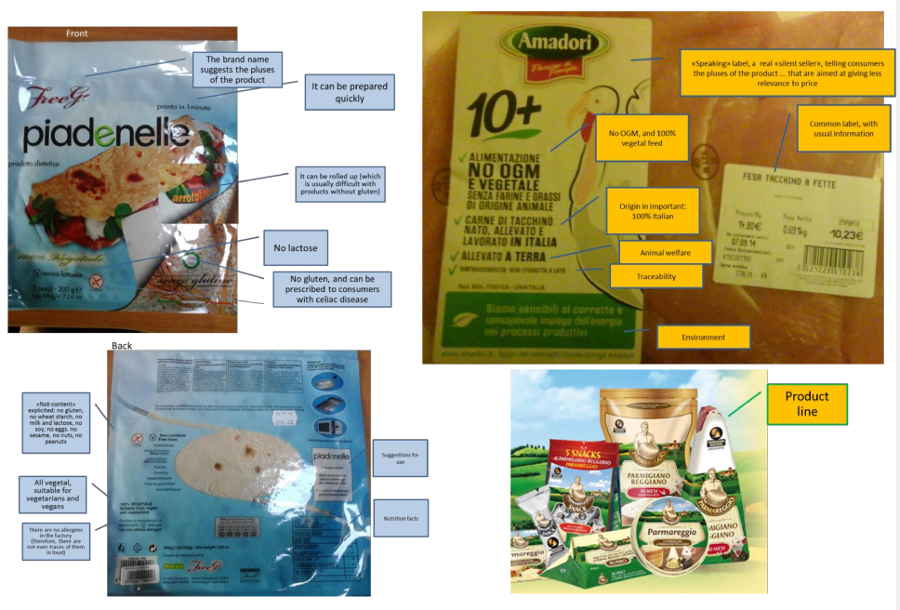
On the left and on the right (top) you find “Piadenelle” (bread product) and “10+” (turkey meat), bottom right you can see a (Parmigiano - Reggiano) cheese product line (which means several similar products, under the same brand, satisfying different tastes and serving different occasions for use). Let us try and imagine how these products have been developed.
- First of all, market analysis has probably taken place: the market (the universe of consumers having been segmented into groups with similar needs). Then, one or more specific targets have been selected. For “Piadenelle”, people with problems with allergies and intolerances, who would like, nevertheless, to eat similar products to those that “normal” people eat; vegetarians and vegans (these latter eat no food of animal origin, even if no animals are killed to produce it); for “10+”, people who prefer Italian products, people who are interested in origin and traceability (you can retrace the whole supply chain and get to know who has made what), people who are afraid of the possible effects of genetically modified organisms (GMOs) – and of feed of animal origin – on the health of the animal and of those who eat it, people who are interested in animal welfare and people who are ready to spend a little more to buy environmentally – friendly products; for the “Parmareggio” line (please notice the assonance between the brand and the name of the product (Parmigiano - Reggiano), that may enhance the association between a general product and a specific brand), the selected target is wide and comprises all people who love the taste of Parmigiano – Reggiano and want to use it in different ways.
-
Then, a “concept” has been created, which means an idea for both a product and for the benefit (s) that it can bring to consumers’. For example, the “Piadenelle” “tortilla” can be easily rolled up, which is not common for gluten – free tortillas, and has been produced in a plan with no allergens (whereas products made in a “normal” plant can enter in contact with allergens, bringing “traces” with them. For “10+”, it is the concept of a meat with “a heart”, which shows respect for consumers’ sensitivity, for animals, and for the environment. For “Parmareggio”, each product of the line has a special performance, and helps consumers in some way. The general concept can be that they make almost all possible ways in which you may want to buy Parmigiano – reggiano available.
Examples of products and concepts: http://www.mutti-parma.com/it/nuovi-prodotti
Concept and product testing
- Then each concept has been tested by asking consumers “Would you be interested in this kind of product that would give you this benefit?”. Large companies use methods like focus groups, quantitative researches, CAWI, and so on, but if your company is small, you can also reach your objective by just asking a selected group of clients.
- Once the concept test gives a positive result, the product is actually designed. Design involves recipe, size of portions, the materials for the packaging, which ensure the best performance from the transportation and storage point of view, and an efficient storage on retailers’ shelves. Once the packaging has been decided, with care over the colors in the design (different colors can convey very different messages: elegance, safety, happiness, etc.), of its visual impact, and of the way (with which combination of images and words), the key pluses (or, better, the unique selling points) are told. Each aspect can - and should better – be tested, because success can often come from details. Organoleptic aspects must be at their possible top, size, colors, and messages (language, tone) must absolutely be consistent with the characteristics of the selected target. If you are addressing single people, packaging sizes will be much smaller than when you address families (and if you address both, your product line will have to include both large and small packaging: each retailer will choose, according to his needs (you can check this by visiting two stores of the same chain, one in a place mostly inhabited by students, and one in a place mostly inhabited by families). A very important element of product design are: product name, and its brand. For example, “10+” has an extra guarantee because it is made by “Amadori”, a famous and well reputed brand in Italy.
Total consistency: price, distribution channel, communication
Consistency is very important, and it extends to the price (if it is too low, consumer will fear poor quality, if it is too high, consumers will think they cannot afford it), and to the place where it is sold (the same product may have a different image when sold in a discount store, in an average quality supermarket or in a delicatessen shop).
Expressed and latent needs
Not all needs are expressed, and we are not aware of all our needs when we go to a supermarket. Getting back to our examples, we might not be thinking “I want a Parmigiano - Reggiano cream for my childrens’ snack, but if we see such cream on the shelf, it realise that we often find it difficult to find a good, healthy snack for our children. The same goes with “10+” meat. Perhaps, when we see it on the refrigerated shelf, we were not explicitly looking for turkey meat with all those advantages, but nevertheless we feel that our unexpressed need to “do something good” for ourselves and the environment has been satisfied.
Things may seem a bit different with “Piadenelle” (people with intolerances are looking for special products). But this product offers many pluses, and perhaps consumers had not all of them in mind at the moment they bought the product.
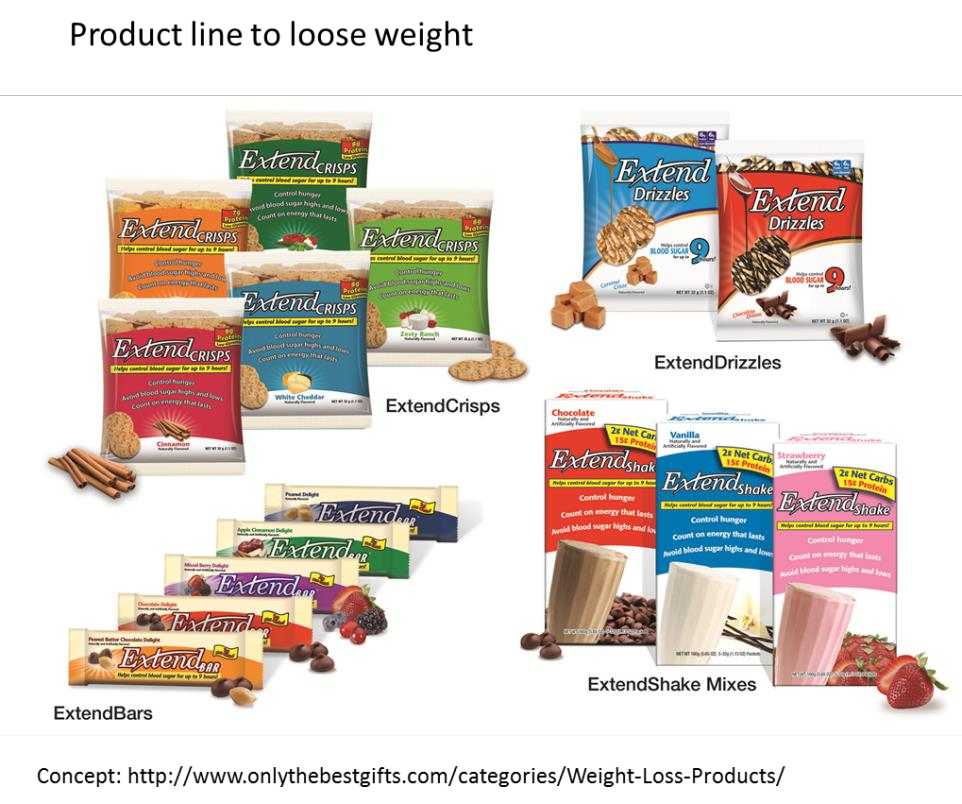
A very common error that is made when designing a packaging is to ignore our competitors’ packaging.
If all fruit juice bottles are orange or yellow, we have different options: we can do the same, because we think that this means that orange is a color that “sells”, or we may choose a different color, to be noticed on a shelf. The same applies to the color of our stall in the market, or of the signpost on our shop. .. So what should we do? It can help to design 2-3 options (what is called “rendering”) and showing them to a sample of current or potential clients: what do they prefer?
Exercise 1
Analyse the packaging of the three sample products: do you think they best communicate the product’s messages? How can they be improved?
| Product | Possible packaging improvements (or is it perfect as it is? if so, why?) |
| Piadenelle | |
| 10+ | |
| Parmareggio product line |
Exercise 2
Analyse these products. Are there excellent ideas relating to packaging? Are there elements that you would improve? Express your opinion. And what about the product concept? Do you think it is a generic product or does it convey a special benefit? If so, which one? What about the name of the product?
| Product | Possible packaging improvements (or is it perfect as it is? if so, why?) | Product concept? Which target? Is it well conveyed? |
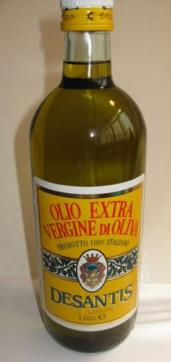 |
||
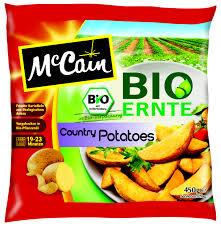 |
||
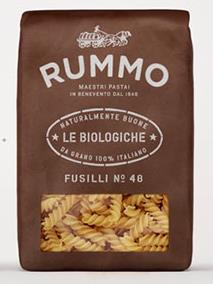 |
||
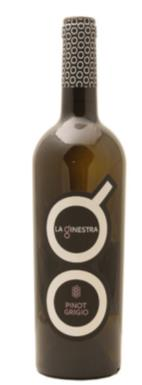 |
||
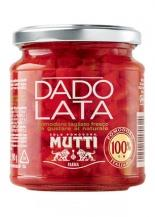 |
||
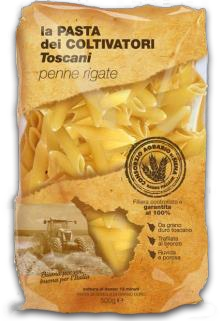 |
||
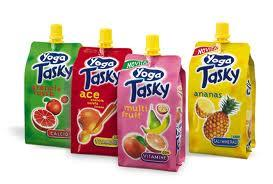 |
||
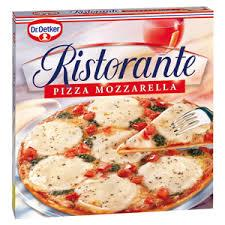 |
||
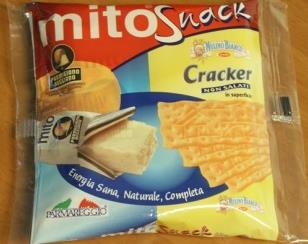 |
||
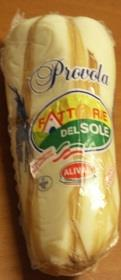 |
Case Study
http://www.oscargreen.it/dotnetnuke/it-it/socagralghitaly.aspx
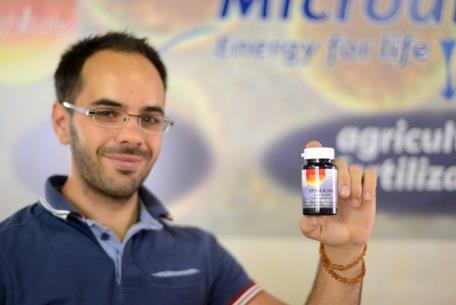
PRODUCING HEALTHY SEAPLANTS
Price
And here is another, very interesting “P” of the marketing mix: Price
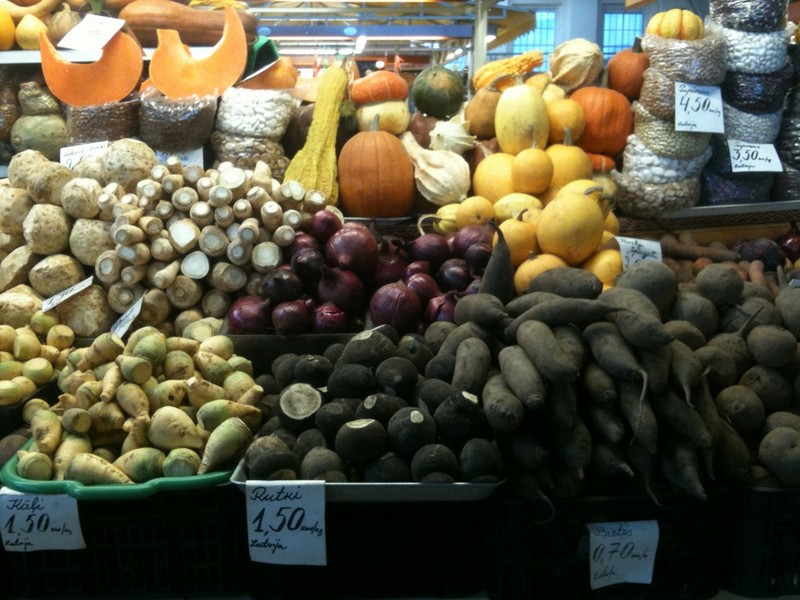
The decision about price isn’t always simple. There are costs to be covered, and possibly good margins to be developed, in order to have resources for investment and growth. But there is also the market out there with other farmers offering products with similar functions ( eg. both a tomato and a pumpkin can be used to dress a pasta) and occasion to eat (eg. both an apple and a banana can be eaten as a snack).
In fact, the price issue has a lot to do with comparison. Clients keep on comparing all the time, both consciously and unconsciously. They compare products, services, brands, prices, and even, with increasing frequency, also the ethical attitude of producing firms. In synthesis, they compare the overall benefit they receive from a product, the way in which this product (and / or the service that is attached to it) is the solution they are looking for.
Therefore, one possible way to gain a little more freedom with our pricing strategy is to try and avoid easy comparisons. What does it mean? It means that if you try and make a product, a service, a brand, “special”, it will not be so easy to compare it with other competitors. And if it is not easy to make a comparison, consumers will just ask themselves if the product has a “reasonable” price, and if it has, it is ok.
For example, let’s think about ham, it can be sold by a deli clerk, who cuts it for you, or pre-sliced, in a sealed pack. The second option, even if it is made by a machine and not by a person, “includes a bigger service”, because consumers can stock it easily and for a longer time in their refrigerator. For this service, they are ready to accept a big price premium: just get into a supermarket and check .... Packed and unpacked ham have become different products. So different that, in the mind of most consumers, they can’t even be compared: most consumers do not ask themselves, when entering a supermarket , in which format they will buy their ham ...
To determine the price, you need to understand:
- The nature of the market
- Supply and demand
- Market equilibrium
- Buying and selling process
- Money and commodity circulation
The true cost of cheap food
The second P: PRICE
Definition: The amount of money charged for a product or service or the sum of values consumers exchange for the benefits of having or using the product or service (Kotler).
Function: he price of goods should be such that it could compensate for any given products manufacturing and construction costs and provide income for the company's normal operations.
It expresses the ratio between the value of different goods or services.
Principle of price equivalent value exchange

The enterprise should establish the price of a product in relation to the value delivered and perceived by the client.
That’s why a price should be "objectively explainable": it’s easy for the consumer to associate price with the values ??that determine it.
These values ??need to be well communicated by your company. For instance, they can be related to:
- Processing
- Quality of the raw material
- The time needed to prepare it
- Social values
- Etc.
What is price?
How much to pay?
When is the price right?
HIGH PRICE
=
GOOD PRODUCT
it is no longer shared!
Production cost evaluation
Total Cost is the total expense incurred by a firm in producing and marketing a product. Total cost is the sum of fixed costs and variable costs.
Variable Cost is the sum of the expenses of the firm that vary directly with the quantity of a product that is produced and sold. Examples include: direct materials and sales commissions.
Fixed Cost is the sum of the expenses of the firm that are stable and do not change with the quantity of a product that is produced and sold. Examples include: building, executive salaries and insurance.
Competitors' products and product performance analysis
Rather than emphasizing demand, cost, or profit factors, a price setter can stress what competitors or the market is doing. The company should consider the price of the nearest competitor. If the offered product presents better characteristics than competitors one, the company could increase its price and vice versa.
Unit Variable Cost = Variable Cost/Quantity
The pricing method choice
Pricing methods are based on inside information. These methods are classified based on:
- cost;
- demand / supply (the market);
- competitors
- focusing on cost
Distinguishes the following cost concepts:- Permanent (fixed) or indirect costs, they are not directly related to the volume of production (administrative size, rent, mission, etc.);
- Variable or direct costs associated with production volumes. If there is no production, no direct costs;
- Other planned cost (technology acquisition, advertising);
- Total or full costs (of all the above cost allocation);
- The average cost (per unit cost).
-
- Cost plus desired profit (%)
- The average cost plus a profit - the average cost per unit plus additional items = (FC + VC) / Q + 20%
- Average cost plus PLANNED PROFIT - oriented towards the capital costs and target profit norm.
-
focusing on demand and competitors (market methods)
Oriented to the market price for commonly used goods and product differentiation consumer value determination.
How to determine BEP
This examines the relationship between total revenue and total cost to determine profitability at different levels of output.
Break Even Point: the quantity at which total revenue and total cost are equal.
BEP = Fixed Cost/Unit Price - Unit Variable Cost
Internal - External Factors
INTERNAL FACTORS
- Company's objectives:
- Marketing strategy:
- the maximal price strategy (unique, limitations)
- the maximum price to drop further in its strategy (appears on competitors)
- low price strategy (competition, a great marketing)
- low price of the further increase of its strategy (better than the competitor)
- price volatility strategy (seasonality, product substitutes)
- passive pricing strategy (watching the competitors' prices)
- Company costs:
- variable costs (VC)
- fixed costs (FC)
- Total costs (TC)
- TC= VC + FC – VC + FC>TR (total revenue)
- Product specificity
- Production type
- Product Life cycle
- Additional service
EXTERNAL FACTORS
- Market types
- clean competition (much to inform the participant)
- monopolistic competition (many players heterogeneous
- commodity, the substitution effect)
- oligopolistic competition (some large players)
- net monopoly (one participant)
- Elasticity demand
The assessment of the price change. Income will reduce the demand for revenue. Demand revenue increases will reduce demand elasticity.
- Competition
- Legislation
- Other factors
- Survival
- maximize profit
- product sales
- maximization (reduce cost)
- follow the leader;
- cost recovery
- enter new market;
- new-product introduction;
- line protection;
- rapid cost recovery;
- price sales incentives;
- a gradual moving along the market segments;
- complex sales incentive;
- price discrimination
Placement
How will your product reach your clients?

Keep in mind
A distribution network consists of two parts:
- a set of locations that store, ship or receive materials (such as factories, warehouses, retail outlets);
- a set of routes (land, sea, air, satellite, cable, Internet) that connect these locations.
The term “Placement” has to do with what we usually call “distribution channels”: how will your product reach your clients? How many ways can you imagine?
Someone will buy directly from you. If they are consumers (families), this is called business- to- consumer relationship (B2c), and is quite different from the “business- to – business” (B2B) one (which may involve wholesalers, retailers, but also – do not forget – the important Hotel Restaurants Catering (Ho. Re. Ca.) channel. Everything is different: what you say, how you say it, transport means, prices, and even products, their packaging, their size. Moreover, when you sell to consumers, they usually pay cash, when you sell to other businesses, you issue an invoice which can be paid in 30-60 days according to the law and to specific agreements.
Even costs are different. It is, in fact, different to keep one relation with a client - to make big shippings to a big retailer - or to prepare many different parcels for small clients. Moreover, large clients buy large volumes and ask for large discounts. Smaller clients have a lower bargaining power and may accept higher prices. With large clients, you can build your turnover rather quickly, but you can also diminish it quickly if one of them leaves you. With small clients, it is not a big problem if there is a turnover.
Some clients will not buy directly from you. It means that there is someone “in the middle” who buys and re-sells your product. But, if you have a brand and a good communication strategy, also end users will have a chance to get to know you and become loyal towards you, thanks to the pleasant comsuming experience they regularly have with your products. And if they know you, and like your products and the way you introduce yourself (on the packaging, but also in communication), they will “force” their provider to keep you in his catalogue ... this is called a “pull” phenomenon: it is not sellers who “push” a product, but buyers who “pull” to have it. Not bad, isn’t it?
It is, therefore, important to introduce a little “strategic thinking” also in the choice of your “placement” channels. Of course, you have to accept the clients that come spontaneously, but, as far as new business is involved, you can try and “diversify” your client portfolio.
To find the right place for marketing is part of the so called Operational Marketing Objectives. The marketing instruments have to be adjusted and adapted to the operational marketing objectives.
Keep in mind
The Objectives have to change periodically as the market is permanently changing.
Distribution Channels: A Definition
A set of interdependent organizations involved in the transfer of products from the producer to the consumer.
Functions
The most important function of a distribution channel is to provide a link between production and consumption.
There are several important key functions that must be undertaken in a market:
- INFORMATION: market research
- PROMOTION: offers must be promoted
- CONTACT: communication with prospective buyers
- MATCHING: offer must fit buyer's needs (taste, granding, assembling, packaging)
- NEGOTIATING: adjusting the price
- PHYSICAL DISTRIBUTION: transporting and storing goods
- FINANCING: the funds must cover the costs of the distribution channel
- RISK TAKING: the commercial risks must be assumed by the operating channel
Read more
Main distribution channels
Promotion
Overview
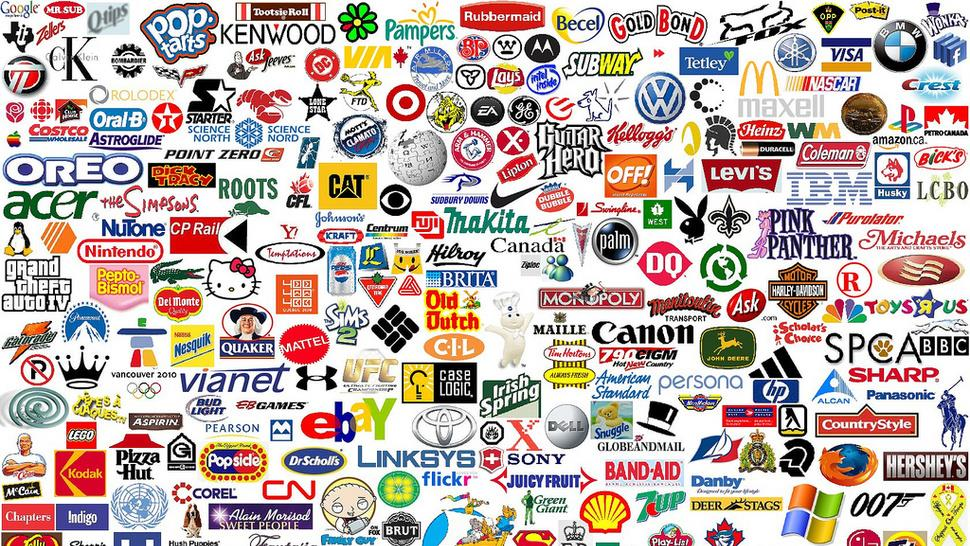
WHO?
WHAT?
HOW?
It has happened to all of us - at work or in the family - to have done something good, but nobody seems to notice, or they just take it for granted. Sometimes we have to make ourselves appreciated by underlining our merits. In the market the situation is similar.
Think of two bottles of extra-virgin olive oil. The first one is top quality and organic, the other one is a low quality, normal oil. And now think of the efforts that the first farmer has made, to get such an oil, while the other farmer was just “working as usual”. The first farmer has made sure to look after his crop and prune it well, has fought parasites and plant diseases with alternative, perhaps more expensive, products. Harvesting has been made in a quick, professional way. Olives have been stored in ventilated containers and processed within a few hours. The other farmer may have harvested olives when he had time, stored them in sacks and processed them in a few days. To consumers who know nothing about olive oil production, of the taste of good olive oil, all this means nothing. If the worst oil is put in a good – looking bottle and sold at a low price, it may even win the competitive battle. And these kind of consumers are numerous, especially in the countries where olive oil is not the main source of fats.
So, the first aspect of promotion concerns letting people know about the efforts, the know-how which is contained in your work.
“Quality” is a generic word, too many people use it. You have to specify which kind of “quality” characterizes your product (see also “Unique Selling Point”). But this is not enough. What are you going to say? It depends on your “target”, which means the category of consumers you want to speak to. The same sentence, with the same words, can have very different effects on educated or on poorly educated persons. An elegant sentence may seem pleasant to the first, too distant to the latter. And what mood will you use? Funny, happy, serious?
Moreover, how will the message reach your target audience? In a world full of messages of any kind, how will it get their attention? Think of a bottle of milk. If there is a cow on it, nobody notices, it’s obvious to find a cow on a milk pack. But what if you put a ... lion on it? Or what if the cow is violet? Consumers will pay attention to what you have to say, will associate your message to your image, and will recognize your product in the point of sale ... and even – hopefully – ask for it!
Keep in mind
Promotion is an initiative undertaken to promote an increase in sales, usage or trial of product or service.
No matter what is your choice of media with which you promote your products, they count as one of your tools to enhance your sales and compete
The same words can have different effects on people. If you say “with my product you can avoid cooking”, you will earn the affection of many working women, but perhaps not of those housewives who make of cooking their profession and their source of self-esteem
It is impossible NOT to communicate. Even if you stay completely still and say nothing, you are sending a message
Promotion as a means to entice people to try a product
There are many ways to make people try your products. The promotional mix is the special blend of promotional tools that can be chosen.
Here is a list of these tools:
Sales Promotion: coupons, contests, product samples, rebates, tie-ins, self-liquidating premiums ...;
Advertising is the presentation of products in a mass medium, such as television, radio, the press, billboards, in – store material (POP), etc.
Personal selling, which involves presenting the product one-to-one
Public relations: you can transform a fact about your product into news, and then “spread” the news by means of meetings, by taking parts in TV programs, etc.
Direct Marketing: it is a communication which goes directly to customers, with methods such as mobile messaging, email, interactive websites, online display ads, fliers, catalog distribution, promotional letters, and outdoor advertising
House Organs: small magazines published under the name of the brand
Sponsorship of an event or contest or race (but also of social / charitable initiatives)
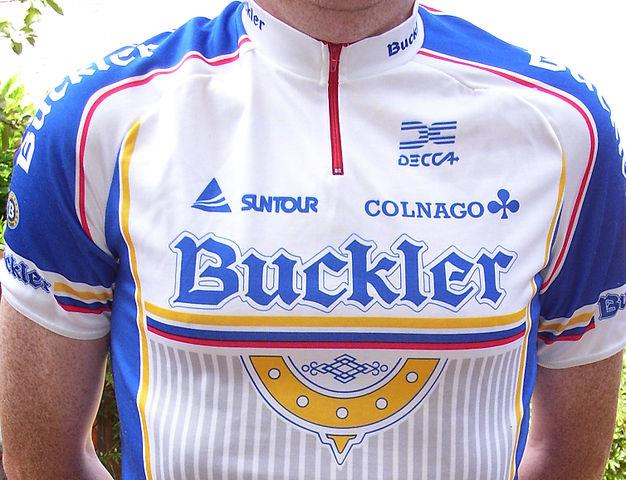
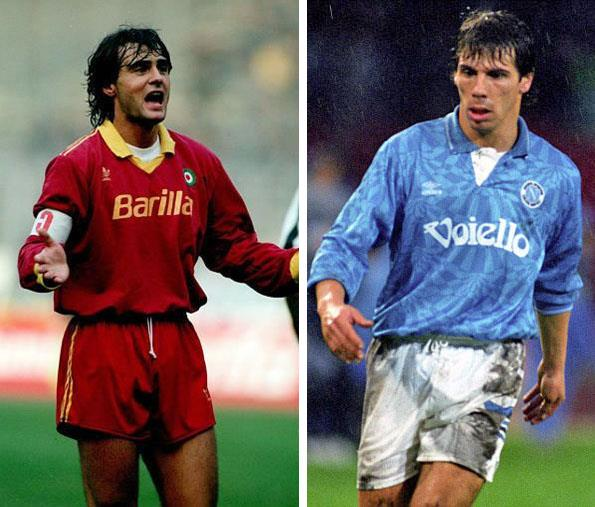
Food sponsorship in sports
Promotion from an operational point of view
The aim of promotion is to communicate, to get consumers to try your product, to understand and to remember its benefits:
analysis of the target audience, habits and needs of regular and potential customers
choosing the most suitable products for each target audience, the real guiding value and certifications, events and promotions. Consumers in the last years show interest also for: history (of the farm and products), care and passion in production, value, local products, short chain, quality, territorial promotion and collaboration with local authority, quality control and certification.
choosing the appropriate tools for the detected target audeince, the available budget, competitors’ strategies. When we speak of a seller in a shop, every element of his body language communicates something.
In oral forms of communication, the appearance of both the speaker and the surroundings is essential to the successful conveyance of a message. It is important to take care of your appearance and that of your store or stall as well.
Body language and particularly facial expressions can provide important information that may not be contained in the verbal portion of the communication (SMILE!).
Gestures can add emphasis and improve understanding when used sparingly, but the continual use of gestures can distract listeners and convey nervousness. It is also important to note that perfume or other odors contribute to a listener's impressions, as does physical contact between the speaker and the listener.
Keep in mind
Consumers’ profiles have now really changed in comparison with the past
No matter what is your choice of media with which you promote your products, they count as one of your tools to enhance your sales and compete
an increasing number of consumers are looking for healthy, genuine and local food
it is important to meet consumers needs and requests to improve their satisfaction
Promotion is divided in two phases:
TIME TO THINK
- General advice
- Keep in Mind
- Financing
REALIZATION
- Content
- Format
- Printing
Time to think
General advice
Know the precise purpose of your document and BE SIMPLE!
Use AIDA to conceive your ad.
- Should you create your own ad or have someone else create one for you?
This is a choice that depends on economics and competence; - Why not have a professionally made advertisement? How do you balance cost and quality? You profit on one side while losing on the other; it’s unavoidable. It is unlikely to create an ad of professional quality without any graphic or technical experience.
Remember
- It is extremely difficult to create a need!
- An individual exposed to 1000 messages each day, he sees 100, he retains 10.
- The average reader passes around 5 seconds to skim a document to decide whether or not he will read it. If your titles, text and graphics are annoying or not interesting, then few people will stop to read your document.
- Do not promote things that do not exist yet!
Financing
Your document can be sponsored (by the Council General, the Chamber of Agriculture or by individuals). In these cases it is expected you to publish the sponsors’ logos. Remember this, when planning your ad’s layout!
Keep in mind
Employing an advertising agency does not guarantee SUCCESS. You have to make sure that everything is mafe in the right way, according to your needs and goals
The logo: the company’s visual identity
The logo is an integral part of a business
A logo is the graphic representation of a company, a product, or a service. It symbolizes the company through its shape and its colours. It is one of the fundamental pillars of the identity of a business. It carries the colors associated with the company’s activity and it presents the company’s values.
Realization
Content
Your document should inspire confidence and incite interest in the reader.
A three-part document
- Description of the client’s search, their known need
- Solution with the presentation of the product
- Explanation on how to find the product (local market, farm’s address, website, social networks)
Reminders
- The communication is for your clients, and not for you!
- Long texts sell... when well written and interesting
Be convincing
- Use a direct tone and simple tenses (imperative and present indicative).
- Avoid the conditional and future tenses.
- Avoid the negative.
- Technical descriptions quickly tire the reader
Format
Your ad could be:
The flyer
The 3 page brochure
The advertisement postcard
Remember
- Illustrations and photos: a picture is worth 1000 words.
- What interests your clients is to know if your products respond to their needs.
- Before beginning, assemble all of the photos and illustrations that you will use.
- Do you want to create your own brochure without any computer graphics experience? Even if it’s not recommended, you can try with the Download of the Microsoft Word and Publisher models of business posters and flyers directly from Microsoft’s website.
Once your creation is complete, present your draft to an outside opinion and accept their critique.
Printing
- Work realized by a printing company
- Using your own material
- You can use cardboard
Keep in mind
- Present your product by showing that it corresponds with a potential need of the reader
- Technical descriptions quickly tire the reader
- BE real positive and credible
- Do not waste time adding elements that do not serve to sell or to convince.
Advertising media
Radio, television, press, internet ...
Advertising through the media to promote farm products is costly. This method is certainly used by producer co-ops.
On a smaller scale, you can gain press time by catching the interest of a journalist who will write an article about you for the newspaper or by getting on a local radio or television.
If you decide to organize an open house event to expose your products to potential clients don’t forget to invite the local press and radio station. Immediate action you can take is to purchase ad-space in the local news journals (read by a large public). You can equally create your own website or social network page if your products can be sold long-distance (foies gras, wine, preserves, etc.).
Events
Be aware that this is a large amount of work: coming up with regulations, printing of bulletins, description of prizes, presence of an official for the drawing, etc.
Promote your event in advance through as many methods at your disposition. Check with your insurance and be informed on regulations (bills, ticket office, etc.). Notify the local town hall and give your event date to the nearby fire station and medical facility in case of emergencies. At the end of the event a summary report with number of visitors, sales figures, number of addresses collected, strong points, weak points, things not to be done in the future, ameliorations, etc. should be drawn up.
Keep in mind
Remember that your shop or stall has to be:
- Nice - to attract customers
- Tidy - to allow products visibility
- Clean - to show your attention and care for healthy and hygiene
- exposed prices
Public relations
Newspaper articles are appealing because they give you exposure to a large number of people in a form both attractive and valorizing.
The principal is having something new or interesting to announce! Remember to propose an article whose subject sits within the domain of this rubric. Always leave a way to respond for more information.
Sign and leave your telephone number and e-mail address.
Placing free ads on the internet
Through banner/signs, articles, links, posters, news and announcements.
Keep in mind
When you send your invitation to journalists: be informative, brief, clear.
Focus: territorial marketing
Radio, television, press, internet ...
Territorial Marketing has the purpose to increase the potential of a local system during time of Globalization
To reach the new frontiers of competitiveness and development, it’s important to go through adequate territorial politics of economic and social promotions, with the goal to increase the quality of life, attract visitors, investments and create new local jobs.
It is possible to promote local typical products by:
- relationship with local authorities
- communicating traditions
- developing a network amongst producers in the same area
Another example of territorial marketing in business consists of tourism departments and city councils with marketing teams competing to attract tourists and new residents use branding techniques. Also called place marketing or place branding.
Is there an existing market for my products or services?
Important! Social networks as a means of promotion
Nowadays, no farm is justified if it does not make use of social networks to get in touch with its clients!
A well- designed website and a Facebook page are musts, and they have to be kept updated with photos and comments, but also Twitter and Linkedin (the latter being a professional network) are very important.
www.ismeaservizi.it/flex/cm/pages/ServeBLOB.php/L/IT/IDPagina/872
Keeping relations with social networks is easy and not very expensive, but requires dedication.
It is important to attend a course on how to work with social networks, since without the right know-how many opportunities of contact might be missed.
A rather new internet promoting means are videoclips. You can design them as you want, and consumers, who seem fed-up with traditional means (many of them do not even notice banners) do look at them with interest.
www.nytimes.com/2012/02/10/business/media/chipotle-ad-promotes-sustainable-farming.html?_r=0
The interesting thing about web promotion is that you can have a feedback about how many people have seen a given page, for how long, from where, if they are “new” or “coming back”, etc. This helps you plan you communication very well, and get to know many hints about customers’ likes and dislikes.
The Unique Selling Point

Why "unique"?
Imagine that you have to promote ... yourself. Suppose that you do have all the characteristics listed in the picture above. What are you promoting yourself for? A new job? A boyfriend / girlfriend? Where can it be? In Sweden, in Spain? Whatever the situation, it would be confusing, and perhaps sound a bit boastful, if you listed all of your wonderful features. It would be much better if you chose the aspect that would mostly help you in each situation. For example, blue eyes could be useful to find a boyfriend / girlfriend in Spain, but not in Sweden (where many people have blue eyes), your physical strength would be appreciated for a physical activity, but would be insignificant for a desk job. Similarly, being creative might not be so important when you have to stamp envelopes all day, being polite is crucial if you are in a front desk, and there are people who appreciate, in a potential partner, sweetness more than wealth.
The same goes for a product or service. Consumers get confused and / or bored if you boast too many qualities, and might get to think that you actually have none of them ... it is better to think and try until you have chosen the right, “unique” on ...
How can I find my unique selling point?
- Make a detailed list of your potential targets, e.g. “young business-women”, “70-year-old singles”, “large wholesaler”, “purchasing manager of a fruit processing company” ...
- For each of them, list, according to the product you are thinking of, what problems they might need to solve, or what their desires might be. Young business-women might need to save time, 70-year-old singles might love to have a chat, purchasing manager might crave very punctual deliveries ...
- Think about the way they are solving their problem or satisfying their wishes now, and try to figure out if there are different, better ways ..
- Then write down the definition of your product and the benefit that it will bring ..
- You might have a list of options, and a good brainstorming session with your colleagues will be very useful and interesting, both to take a decision and to think things over ...
A selling point is what you say, or write, about your product and/or service to enhance its sales.
It reminds your current customers why they have made a good choice in choosing your products ...
... and tells your potential customers why they should do the same.
It states what makes your offer different from your competitors
... but ... why “unique”?
Sometimes it seems difficult to leave a few of your features untold.
You can help yourself decide by imagining a packaging in which ALL of them are written and putting yourself in the place of consumers.
How would that packaging look?
Perhaps a bit crowded?
And what would its visual effect be?
A useful exercise for step 3 is to take a look at what it is already on the market, and look at existing messages ...
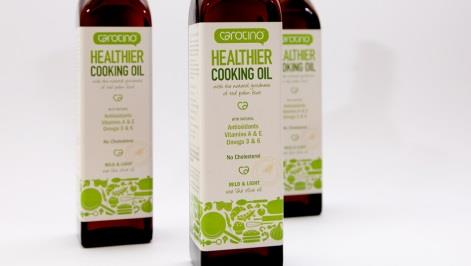
Exercise 1
Write the selling point that is associated with these products. Write a comment by answering the following questions: Who do you think they are targeted at? Do you think they express a real benefit and are really distinctive? What benefit does it give? Does it offer nothing special? What benefit, in your opinion, did producers mean to offer?
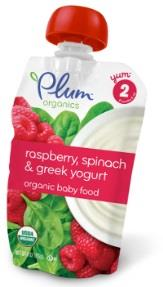 |
|
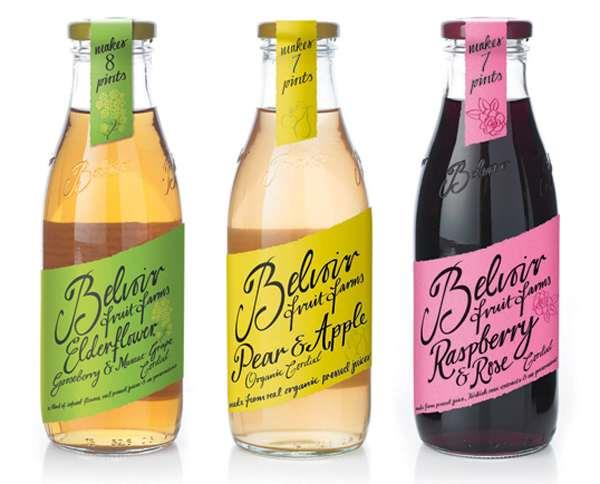 |
|
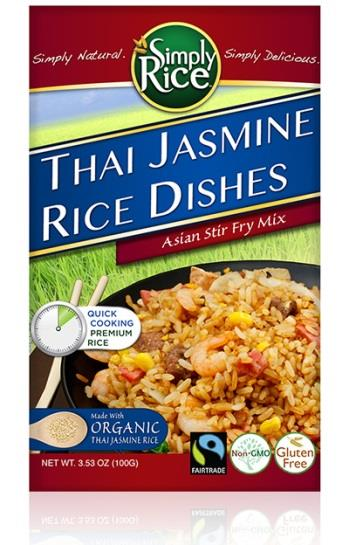 |
|
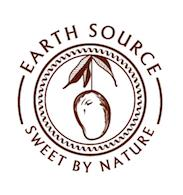 |
Exercise 2
Think of this product: extra virgin olive oil. For this product, find a particular kind of product and a selling proposition for each of these targets (for example, elderly people who are not used to extra virgin olive oil might like a light taste, etc.)
|
People who cannot eat much salt because of high blood pressure 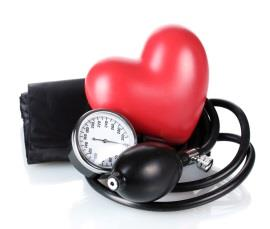
|
|
|
People who love to spend their holidays in Southern Italy 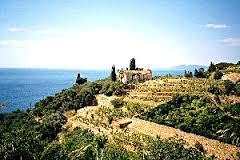
|
|
|
People following the vegan diet 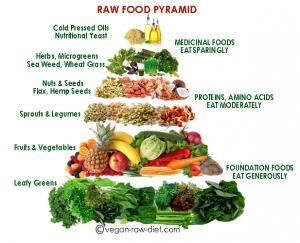
|
|
|
People with long hair 
|
The time factor
Time - to - market
From product design to putting the product in our client’s hands
We have said that it is necessary to analyse our markets, and we have also said that markets change very quickly: new habits emerge, old habits and needs fade away. All the analyses we have made might become quickly obsolete.
Because of this, it is obviously very important to keep short the time that passes between a new idea, the related product / service design, and its launch (which is the moment when the product is actually made available on the market). This is called “time – to – market”, and during this lapse of time many things may change: innovations, new information, competitor’s new strategies .... If the new product is meant to fill a market space, the longer the time -to – market the higher is the possibility that other competitors, who are not blind and might have identified the same space, act faster than us. And the first mover often has an advantage. It is different if you say “I am the first one who has identified your need and found a solution for you”, or if you say “Me too, me too! I have found the same solution, too!” in this latter case, you’ll have to invest more money and energies to get noticed ...
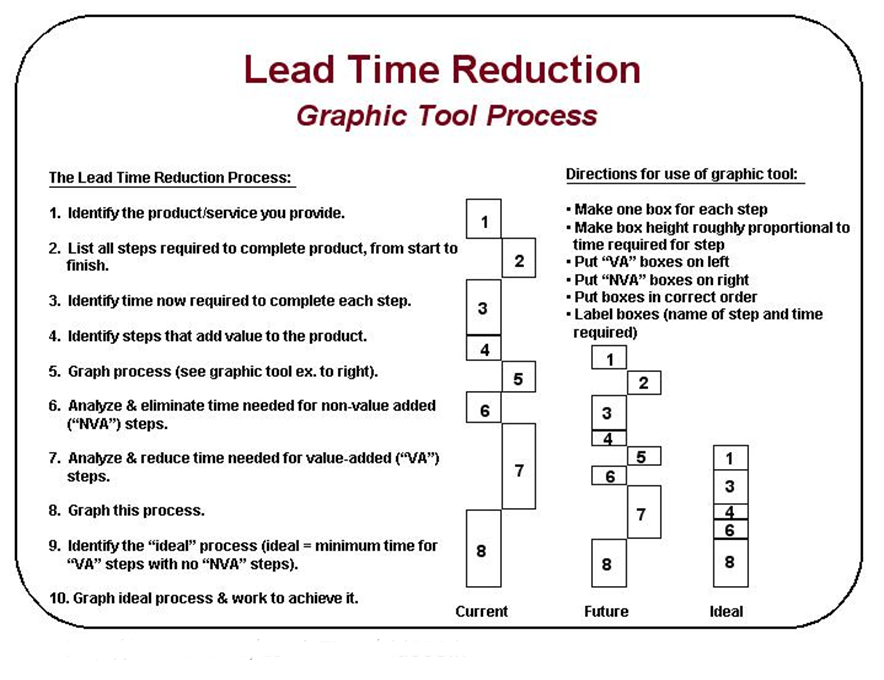
Keep in mind
"Better three hours too soon, than one minute too late."William Shakespeare
"For every minute spent in organising, an hour is earned."Unknown
"The bad news is time flies. The good news is you're the pilot."Michael Althsuler

Lead time
The “Lead time” is the time that passes between a client’s request or order for a product and the moment when you deliver what has been requested.
For example, when you order a pizza in a restaurant, the waiter will write what you have chosen and this message has to reach the cook (which can be done either by physically bringing him a piece of paper, or via smartphone, etc.). The cook is busy, but at last he reads the message, then he needs some time to prepare the pizza, and when it’s ready the waiter brings it to you. If the process is quick, you will finish earlier and more people can eat at the same table during that same evening. The waiter works the same hours but the restaurants will sell more pizzas (so the average cost of the waiter for each pizza will be lower, which means higher profits), you’ll be more satisfied, and the pizza will have reached your table while it is still hot. The speed of the process depends on several things: the way orders are communicated to the cook, the ability of the cook and the way he is organized, the attention and speed of the waiter, the way tables are organized. etc.
This is even more important with more complicated processes, that involve not only paying someone for the job, but also buying raw materials, keeping stocks (which have a value), etc.. Even with fresh products, the lead time can be important. Fruit and vegetables are picked up, cleaned, sometimes pre-packed, and, for instance, a retailer prefers frequent orders to keeping stocks of perishable goods.
Opening times
People who are working are often very busy, and a shop’s opening times can make the difference. If they are the same as people’s working times, the shop will end up having its main clients consisting of only retired people and housewifes.
If you offer a home delivery service on saturdays, you can make your clients happy by taking them, for instance, their fruit and vegetables right home while they are optimizing their time by cleaning up the house, taking out the dog, and so on ...
On the other hand, elderly people like shops being open during the day, when they can have a walk, meet people they now, have a chat ...
Days of invoice collection and invoice payment
The financial equilibrium of your firm can depend on time.
A production process may require the purchase of raw materials, payments for utilities, expenses for services (e.g. certification, controls, analyses, accounting ...), the remuneration of the labour force. You may have to comply with most of these expenses before you sell the product and collect your invoices. This has to do with stocks (it is better if they “rotate” frequently, which means that you frequently sell your products and renew your stocks), but it also has to do with the comparison between the time that passes before you pay the invoices from your providers and the time that passes before your clients pay yours.
Even for the products you sell without producing them, there is a time before you pay the people you have bought them from, and you have to compare it to the time that passes before your invoices are paid.
What comes out of this comparison? Is everything smooth, are cycles overlapping well, or are there moments when you have problems, because you have still not received your payments?
These considerations are very important when planning your activity and negotiating days of collection and payment with clients and providers ...

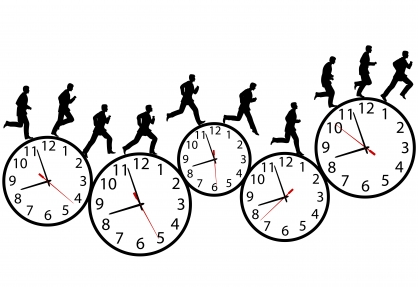
Technical, economic, financial cycle
Your technical cycle is the length of the process with which your inputs are selected, bought transformed into outputs and then those outputs are sold.
Your economic cycle has to do with costs and sales, and a comparison between the two, which gives way to considerations about your cost structure, your efficiency, your margins.
Your financial cycle has to do with time, too, and with the survival of your activity. It concerns the equilibrium between revenues and expenses, in every moment and on average. Your cash flow can be negative for a while (which means that you spend more than you
Time before you reach the desired performance
Results do not necessary come immediately. Clients have to learn that you are offering something (and here communication plays an important role), then they have to evaluate your offer conceptually (and here good communication plays an important role). Then there is the trial phase, in which they evaluate their buying experience and then their consumption experience (and here quality is protagonist). If the product passes these tests, then there is a repeat phase, in which the product is bought again, and hopefully again and again, until it becomes part of this consumers’ habits (the challenge here is the constancy of quality: if quality varies, consumers may feel uncertainty as regards the consuming experience that awaits them).
So, before starting a new marketing “adventure”, while you are still building your business plan, make sure that you have assessed how long you are able to wait before sales and profit reach your desired level. Of course, there are no certainties about this, but you can reach an idea if you examine a few benchmarks (similar experiences lived by other farmers who have already performed similar projects).



